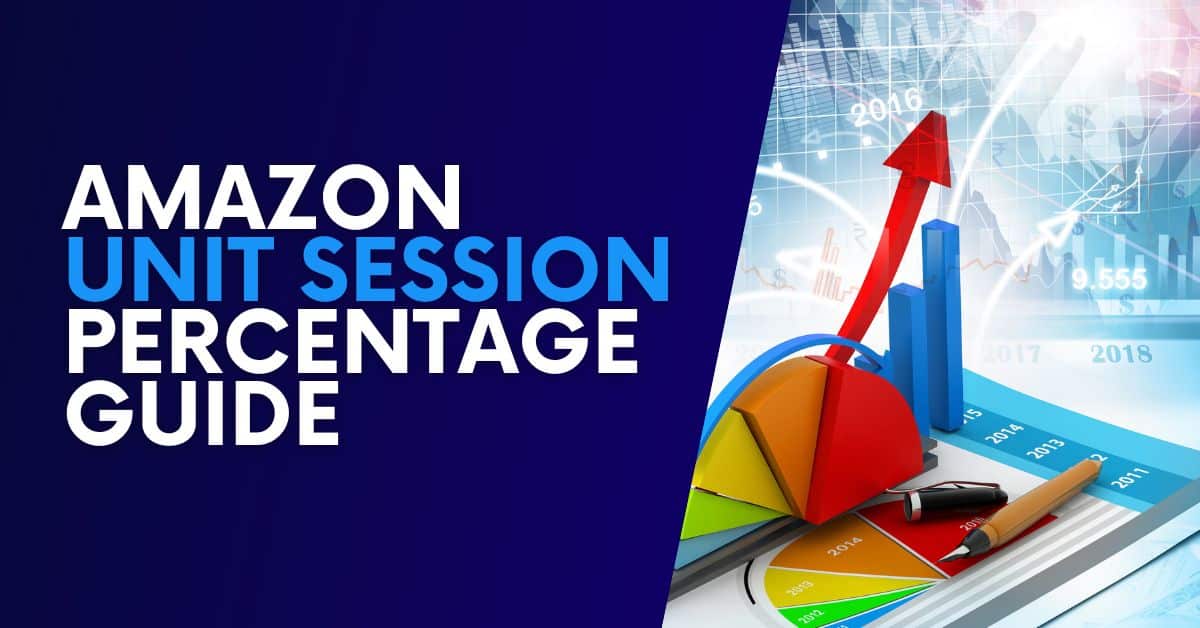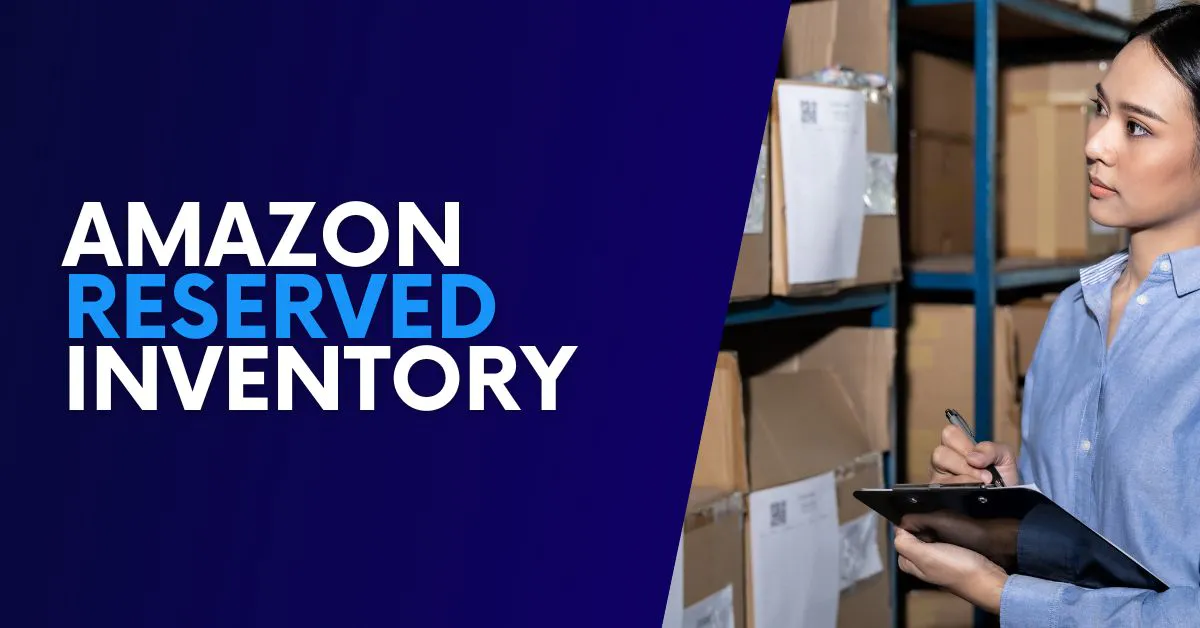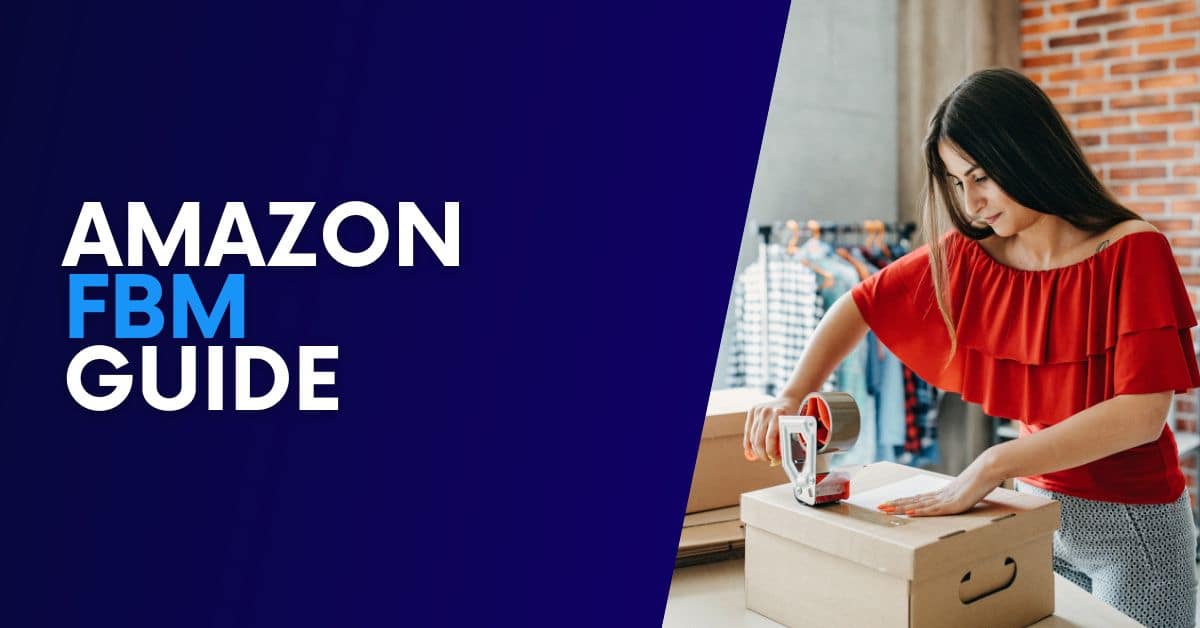Packaging Requirements for Amazon FBA
Packaging Requirements for Amazon FBA
Understanding packaging requirements for Amazon FBA saves you time and money.
Costly mistakes with Amazon FBA packaging requirements can lose or delay inventory getting scanned in to become sellable and accrue fees to fix.
Packaging requirements for Amazon FBA vary based on product category, size, and more.
In over 10 years as a Fractional CMO, Amazon Consultant, and eCommerce Consultant, not to mention CEO, I’ve seen just about every mistake and the lessons from them. That means you get all the learnings without the scars.
Understanding packaging requirements for Amazon FBA can be intimidating, knowing that getting it wrong can result in lost shipments, delayed scan-ins, and fees to fix things.
I’ve seen everything from $250,000 worth of inventory getting lost to unsellable inventory sitting in Amazon FBA fulfillment centers racking up fees while mistakes get sorted out.
That’s why I put together this in-depth guide of packaging requirements for Amazon FBA whether you’re an Amazon Seller Central seller using Amazon FBA, FBA Small and Light, or selling Amazon B2B.

Amazon FBA Packaging Requirements
Packaging Material:
Use high-quality and protective packaging materials to safeguard your products during transportation and storage. This includes materials like:
- Bubble wrap
- Air pillows
- Foam
- & any other protective materials that can prevent damage.
The right packaging materials are key to protecting your product’s integrity.
Expiry Dates:
Products with expiry dates, such as food items or cosmetics, must have these dates clearly visible on the packaging. Properly labeled expiry dates ensure transparency and safety for customers.
Liquid and Gel Products:
If you’re selling liquid or gel products, the packaging must be leak-proof and adequately sealed to prevent spills or damage to other items during storage and transit.
Perishable Products:
Perishable items must be clearly labeled and packaged to maintain freshness and prevent spoilage. Meeting these requirements is essential to ensure customer satisfaction and safety.
Transparency:
Amazon often requires transparent packaging for certain products to allow for easy inspection. This transparency is necessary to maintain compliance and ensure product quality.
Suffocation Warning Labels:
If your product packaging poses a suffocation risk to children, it’s imperative to include a warning label. This label helps ensure product safety and compliance with safety regulations.
Fragile Items:
For fragile items, such as glass or delicate electronics, extra care is needed in packaging. Use ample padding, cushioning, and appropriate packaging materials to protect the items from breakage during handling and transit.
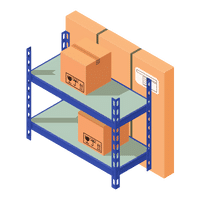
Amazon FBA Prep Requirements
Prep Requirements:
Certain products may have specific prep requirements mandated by Amazon, such as removing batteries, adding expiration dates, or applying stickers. It’s crucial to follow these instructions carefully to ensure your products meet Amazon’s safety and quality standards.
Perforated Packaging
Examples: Case-packed trading cards, case-packed granola bars
Supplies required: Poly bag*, scannable barcode*
Prep required: For products with expiration dates, see Expiration dated products. If the box cannot withstand being dropped on a hard surface without perforating, place each box in transparent poly bag*, seal, and apply barcode*
Sold as Set
Examples: Encyclopedia set, multi-packs of food
Supplies required: Poly bag*, box, shrink wrap, “Sold as Set” or “Ready to Ship” sticker, scannable barcode*
Prep required: Seal set using shrink wrap, poly bag*, or box to keep items from being separated, affix “Sold as Set” or “Ready to Ship” sticker, and apply barcode*
Expiration Dated Products
Examples: Vitamins, cake mixes, juice boxes
Supplies required: Expiration date, scannable barcode*
Prep required: Expiration dates must be displayed in the MM-DD-YYYY format. If the expiration date is printed in a different format, a apply barcode with the correct format must be applied and must cover the original expiration date. The expiration date must be printed on master carton, retail display, and individual items in 36 pt font or larger. Lot numbers are insufficient.
Food, Beverage, or Products Packaged with Food or Beverage
Examples: Flour, sugar, dried fruit
Supplies required: Scannable apply barcode*
Prep required: Perishable items are not allowed. Non-perishable items must be lot-controlled and more than 90 days from the expiration date at the time of receipt by Amazon. Products within 50 days of the expiration date will be disposed of at the fulfilment centre. See Expiration dated products.
Bundled Products
Examples: Vitamin multi-packs (for example, 3 bottles as one item)
Supplies required: Box, poly bag* or shrink wrap, scannable barcode*
Prep required: Multi-packs must arrive at the fulfilment centre already bundled. You can bundle multi-packs in boxes, poly bags, or by using shrink wrap. Affix the apply barcode for the multi-pack on the outside of the packaging. See Expiration dated products.
Meltable or Otherwise Temperature-Sensitive Products
Examples: Chocolate, paraffin
Supplies required: Scannable apply barcode*
Prep required: Temperature-sensitive products must be able to withstand temperatures between 50 and 100 degrees Fahrenheit for the duration of the product’s shelf life without adversely affecting product quality. Cartons must not include storage temperature requirements unless explicitly expressed as a range from 50 to 100 degrees Fahrenheit. Products requiring refrigeration or freezing are not allowed. Products subject to melting (such as chocolates) are accepted between October 1 and April 30 only. Removal orders must be filed in time to ensure that inventory is returned to you or disposed of before May 1.
*Poly Bag and Scannable Barcode Requirements
Poly bags must be at least 1.5 mil. Poly bags with openings greater than 5″ must have a visible suffocation warning. All barcodes must be scannable without opening or unwrapping the packaged item
| Total Length + Width of Bag | Minimum Print Size |
|---|---|
| 60 inches or more | 24 point |
| 40 to 59 inches | 18 point |
| 30 to 39 inches | 14 point |
| less than 29 inches | 10 point |
Hazardous Materials:
If your products are classified as hazardous materials, you must adhere to additional regulations. This includes proper labeling, documentation, and meeting the safety standards for handling and shipping hazardous products.
Another item to consider for FBA packaging requirements is the barcode.
Amazon Barcodes:
Amazon has its own barcodes, specifically the FNSKU barcode.
You’ll need to apply FNSKU barcodes to all products that don’t use the manufacturer’s barcode.
There are a few ways to go about this. You can print and label the barcodes on each unit, which can be done during the FBA shipment creation process.
Alternatively, you can ask your supplier to print the barcode on your product packaging. And if you prefer, Amazon can label your products for a fee.
In cases where your product doesn’t have a manufacturer barcode, you can request a GTIN Exemption in Seller Central. This way, all your products will use the Amazon barcode instead.
I recommend using the Amazon barcode for a few reasons.
- It simplifies inventory tracking and ensures that your products aren’t mixed up with another seller’s inventory.
- It’s also worth noting that every product listed on Amazon will have its unique FNSKU, even if you initially use the manufacturer’s barcode.
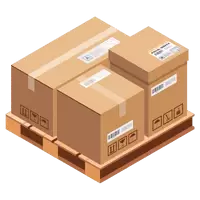
Amazon FBA Inbound Shipping Requirements
Box Dimensions:
If you’re using boxes for packaging, it’s essential to ensure they are the right size to accommodate your products without excessive space or overstuffing. Using oversized boxes can lead to additional charges, while overfilled boxes can result in damaged products during transit. Correct box dimensions help minimize shipping costs and protect your products.
Amazon US FBA Single Box Size Requirements:
I wanted to clarify Amazon’s box size requirements for our FBA shipments. Basically, each box we send in can’t be longer than 25.00 inches (which is just under 63.50 cm) on any side.
But here’s an important point: boxes can actually exceed 25.00 inches in length, but only if there’s a single item inside that’s longer than 25.00 inches.
However, if the length of a single item is less than 25.00 inches, we need to be careful about using oversized boxes. Sending oversized cartons to Amazon’s FBA warehouse, whether it’s on purpose or not, could potentially lead to Amazon restricting our future shipments to FBA fulfillment centers.
Just to make sure we’re on the same page with measurements, remember this conversion: 1.00 inch (in) is equal to 2.54 centimeters (cm), and 25.00 inches (in) is equivalent to 63.50 centimeters (cm).
Amazon US FBA Single Box Weight Requirements:
I wanted to go over Amazon’s weight restrictions for our FBA shipments. The main rule is that the total weight of a single box should not go beyond 50.00 lbs, which is just under 22.50 kg.
Now, there are a couple of exceptions. If the weight of a single item inside the box is greater than 50.00 pounds, we need to take note of two things: First, we’ll need to attach a Team Lift label for safety. Second, if the weight of a single item goes over 100.00 pounds, it’s a must to use a Mechanical Lift label for handling.
But, if our product includes jewelry or timepieces, the box can’t exceed 40.00 pounds, which is under 18.00 kilograms.
It’s super important to follow these weight guidelines because if we exceed them and don’t label the boxes correctly, we might end up with additional fees or restrictions on future shipments to the FBA operation center.
And for easy conversions, just remember that 1.00 pound (lb) equals 0.45 kilograms (kg), and 50.00 pounds (lb) is equivalent to 22.50 kilograms (kg).
Overboxing:
For bundled products, such as multiple units of the same item, an overbox may be necessary to protect individual units during handling and shipping. It is essential that the overbox also adheres to Amazon’s packaging guidelines to maintain product integrity.
Palletization:
When sending a significant quantity of products, palletization can improve efficiency. There are specific guidelines for pallet dimensions and labeling, which are crucial to ensure smooth handling and storage in Amazon’s warehouses.
General Palletization Requirements and Dimensions:
- When it comes to stuffing pallets, it’s best to use standard or EUR-pallets.
- For wood pallets, we should be using GMA Grade B or higher quality ones, measuring 40″ x 48″ (which is about 1 meter by 1.25 meters) with 4-way access.
- Keep in mind that any single pallet should not exceed a height of 72 inches.
- Pallets can be double stacked for a maximum height of 100 inches.
- And the maximum weight per pallet should not exceed 1,500 pounds (or roughly 680.4 kilograms).
Here are some additional considerations:
- If we’re dealing with grocery items, we need to use GMA Grade A pallets.
- Pallets meeting GMA Grade A and B industry standards from CHEP are acceptable.
- It’s important not to ship items on PECO pallets since these can’t be moved using a standard pallet jack.
- Please note that Amazon doesn’t accept plastic pallets.
When securing the pallets, ensure that carton boxes don’t have more than a 1-inch overhang on either side of the pallet. Using load bars and tension to secure the pallets is recommended, though not strictly required.
Removal of Previous Labels:
Before sending products to Amazon, it’s important to remove or cover any previous labels, markings, or branding on the packaging. This prevents confusion and ensures accurate labeling in the FBA system.
Compliance with Amazon FBA Prep Centers:
If you’re using an Amazon Prep Center, it’s crucial to communicate your packaging requirements and ensure that the center follows Amazon’s guidelines accurately. Proper coordination with the prep center is essential to maintain packaging standards.
As a consultant for Amazon I can tell you that a failure to get this right could result in inventory not getting scanned in, resulting in reserved inventory status in FBA & more.
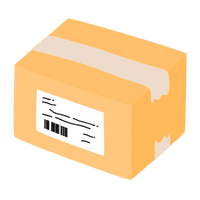
Amazon FBA Shipment Label Requirements
Shipment Labeling:
Once you’ve properly boxed your units, the next step is to label the shipping boxes and send them off to Amazon. But before we get to that, there’s a crucial decision to make regarding the shipping method and carrier.
-
SPDs (Small Parcel Deliveries): These are for items packed individually in boxes, with each shipping box individually labeled for delivery. SPDs are typically used for smaller shipments and are sent through carriers like DHL, UPS, FedEx, or local postal services. For more details, you can check out the ‘Small Parcel Delivery to Amazon’ section.
-
LTL/LFL (Less Than Truckload/Full Truckload): This shipping method combines individual boxes on pallets for delivery. You can find further information on this in the ‘Truckload Delivery to Amazon’ section.
Once you’ve decided which method best suits your shipment, you’ll be all set to label your boxes and get them on their way to Amazon.

Frequently Asked Questions
By the way, if you want to sell more and spend less, I’m the only top-rated AI Fractional CMO, Amazon Consultant & eCommerce Consultant with 10+ years of Fractional CMO Agency, Amazon Consulting & eCommerce Consulting experience, blending AI & the award-winning Source Approach method for blazing fast, scalable results.
Get a quick free consultation.






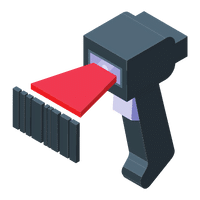




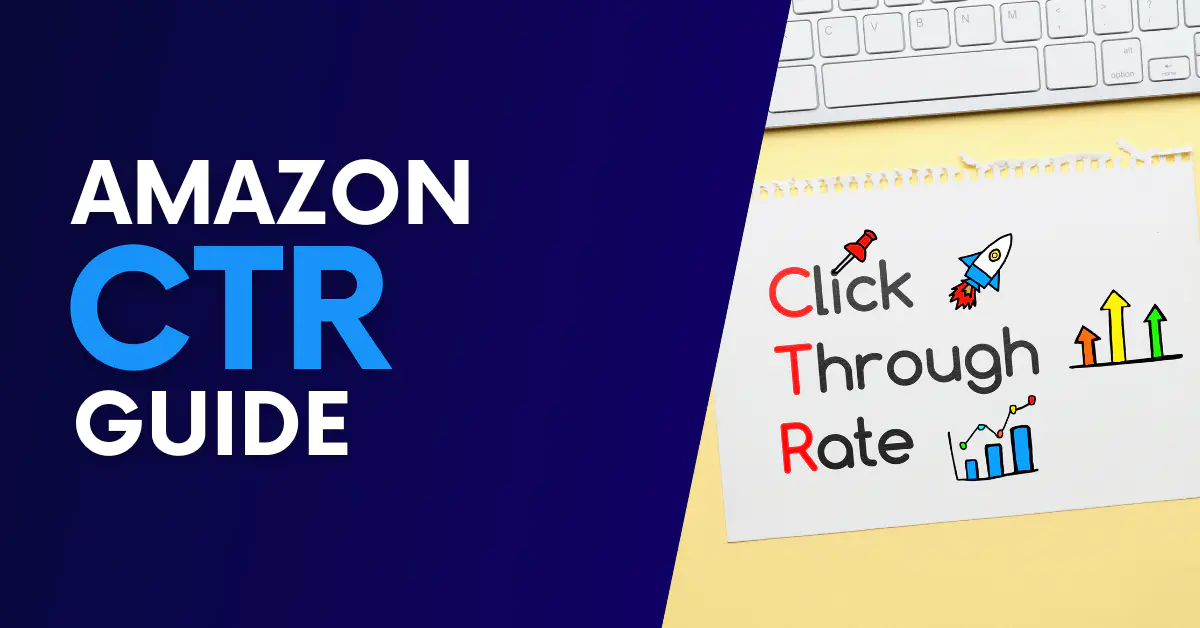
![How to Switch From FBA to FBM [Step By Step]](https://www.sourceapproach.com/wp-content/uploads/2024/08/How-to-Switch-From-FBA-to-FBM-The-Source-Approach-Amazon-Consultant-eCommerce-Consultant-Fractional-CMO.jpg)
![Amazon Posts EVERYTHING You Need To Know [EXAMPLES]](https://www.sourceapproach.com/wp-content/uploads/2024/08/Amazon-Posts-Everything-You-Need-To-Know-The-Source-Approach-Amazon-Consultant-eCommerce-Consultant-Fractional-CMO.jpg)
